Oct 2016 - Textile Museum Tour
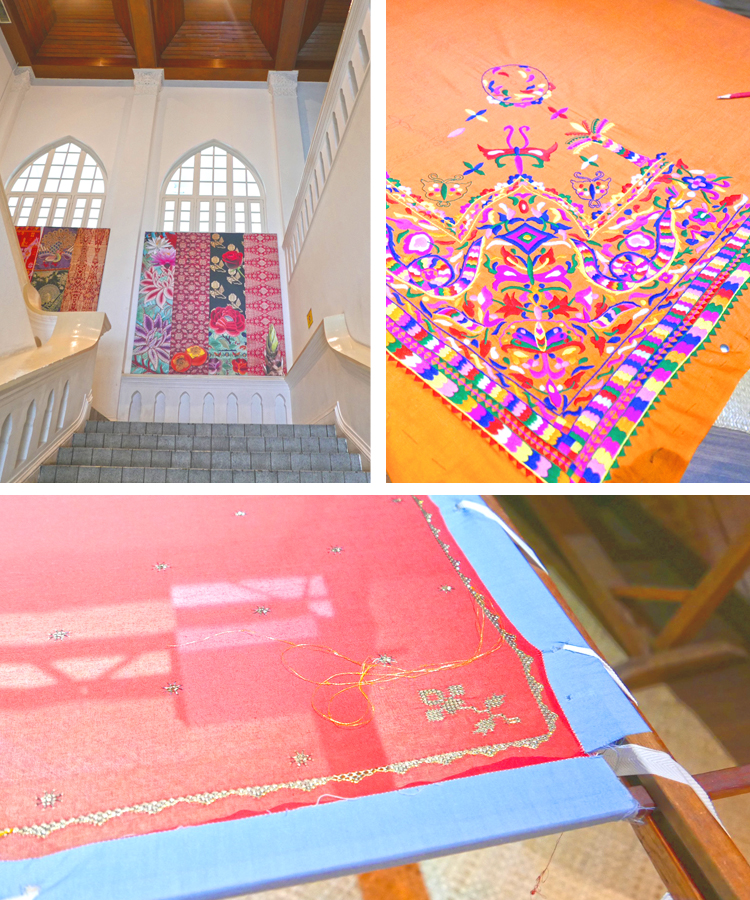 |
Skyscraper bedecked Kuala Lumpur continues to be home to quite a few impressive colonial-era buildings. One such edifice, which stands along Jalan Sultan Hishamuddin in the city center, houses the city’s National Textile Museum.
The stunning building, an excellent exponent of the Indo-Saracenic school of architecture, dates back to the early twentieth century.
Arthur Charles Norman, a British architect, employed at the Public Works Department, designed the building. A.B. Hubback, an assistant architect from the same department, ably assisted him in this endeavor. Over the years, the building hosted various government agencies as it served as the headquarters of the Railway Department, then as the office of the Selangor Public Works Department and even a high court. In July 2007, the beautiful building was included in the list of fifty National Heritage structures by the National Heritage Department. It was subsequently refurbished, and it opened its doors to the public in July 2010 in its present-day avatar of the National Textile Museum. Today, the museum showcases the rich textile heritage of Malaysia.
|
|
MCG’s very own Michelle Pease and Rose Gan have resided in Asia for over two decades. Both ladies are huge fans of the region’s stunning indigenous textiles and being docents of the National Museum they once again offered to lead the MCG’s tour of the textile museum’s four main galleries. Rose and Michelle split the sizable group of attendees into two and proceeded with the tour.
|
|
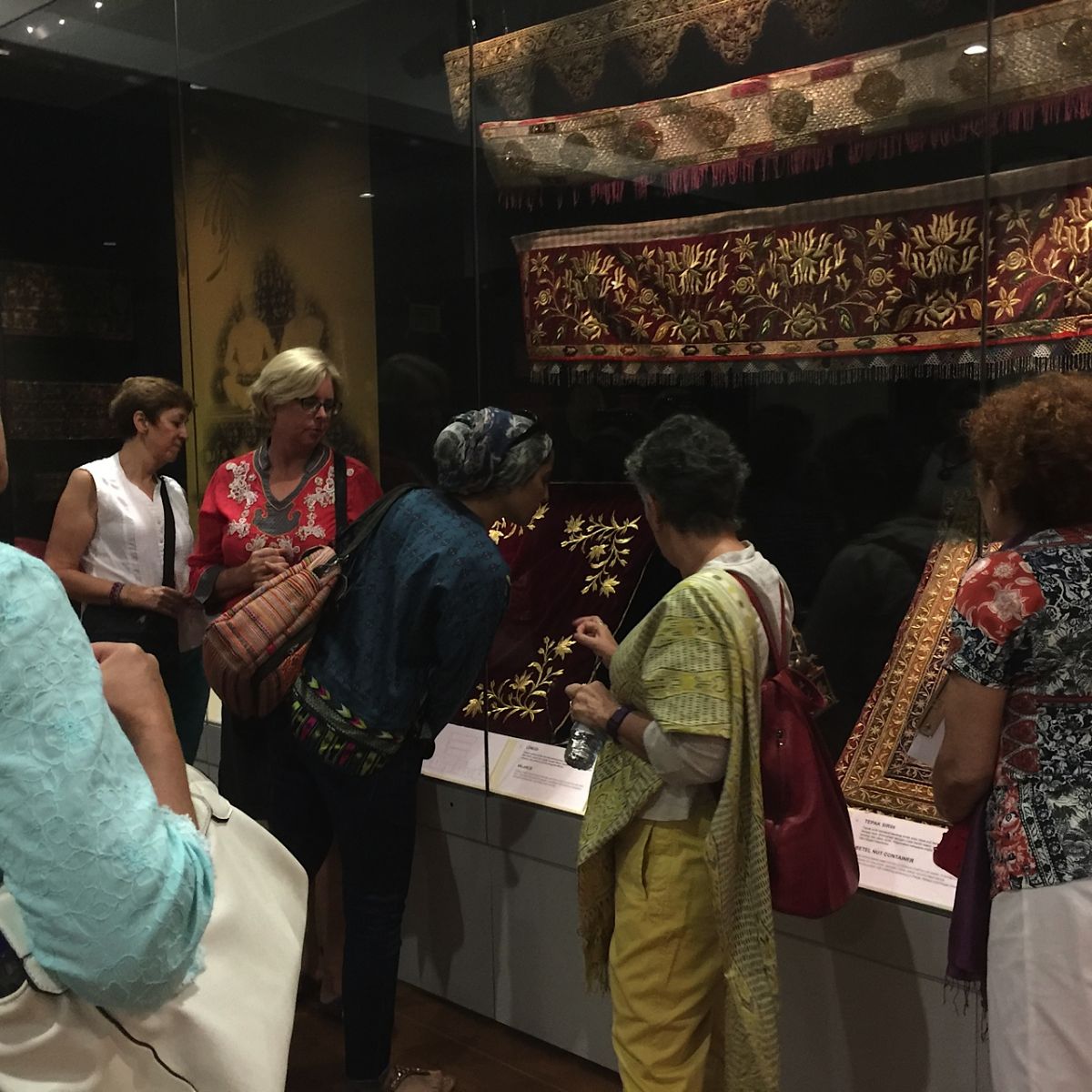 |
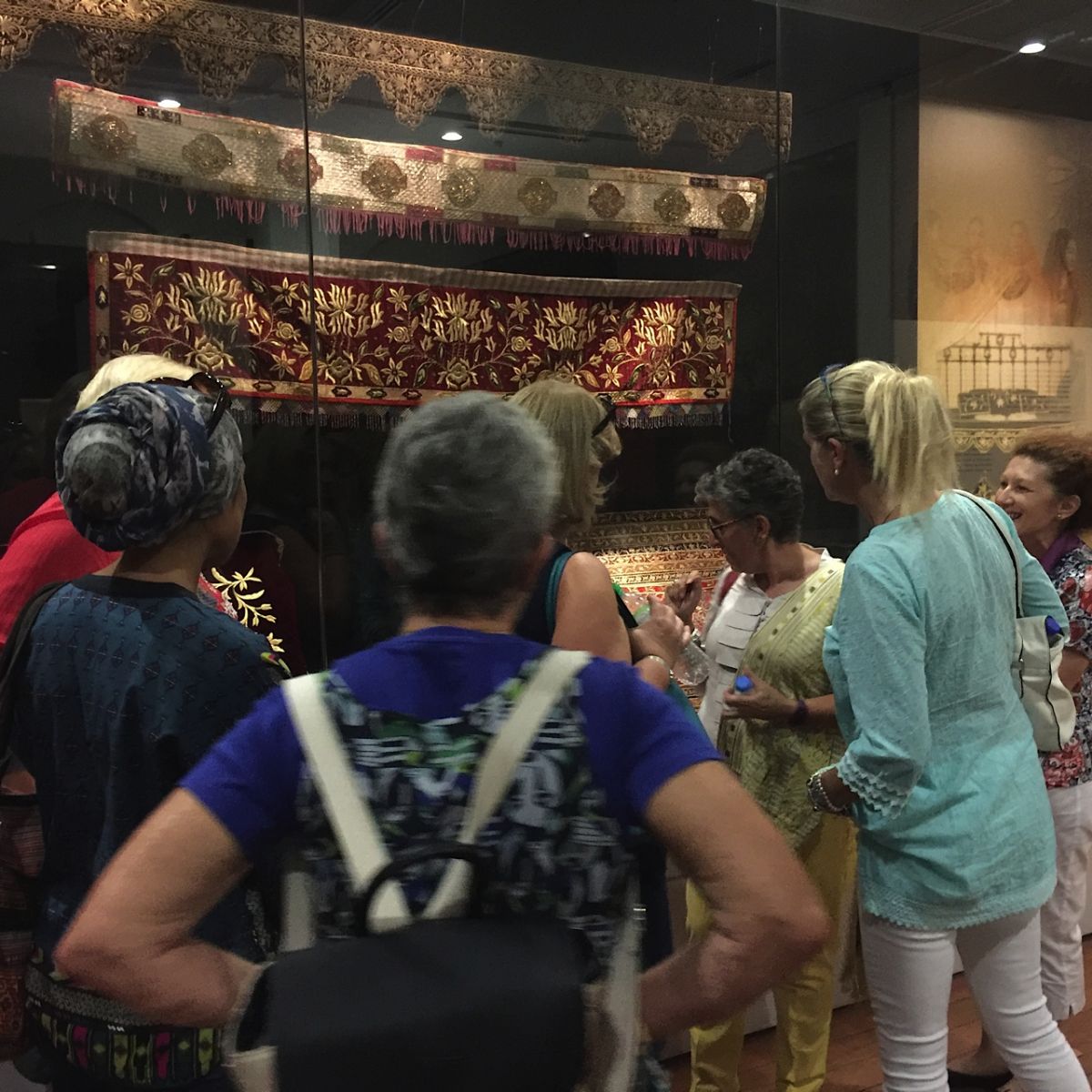 |
|
Michelle commandeered my group and started the tour at the Pohon Budi Gallery, located on the ground floor of the museum. The gallery catalogs the origin and development of textiles in Malaysia. At this exhibit, we learned how fabrics in Malaysia evolved from their most primitive form; bark cloth into their most elaborate form, the gold thread-laden Songket. The various tools and techniques like weaving, batik painting, embroidery, and beading along with samples of native Malaysian textiles like Telepuk, Pua Kumbu and more constitute the exhibits in this gallery. Michelle with her vast repository of textile knowledge enlightened us further with details of the intricacies of each process as well as informed us of the influence of international trade on the development of textiles in Malaysia.
|
|
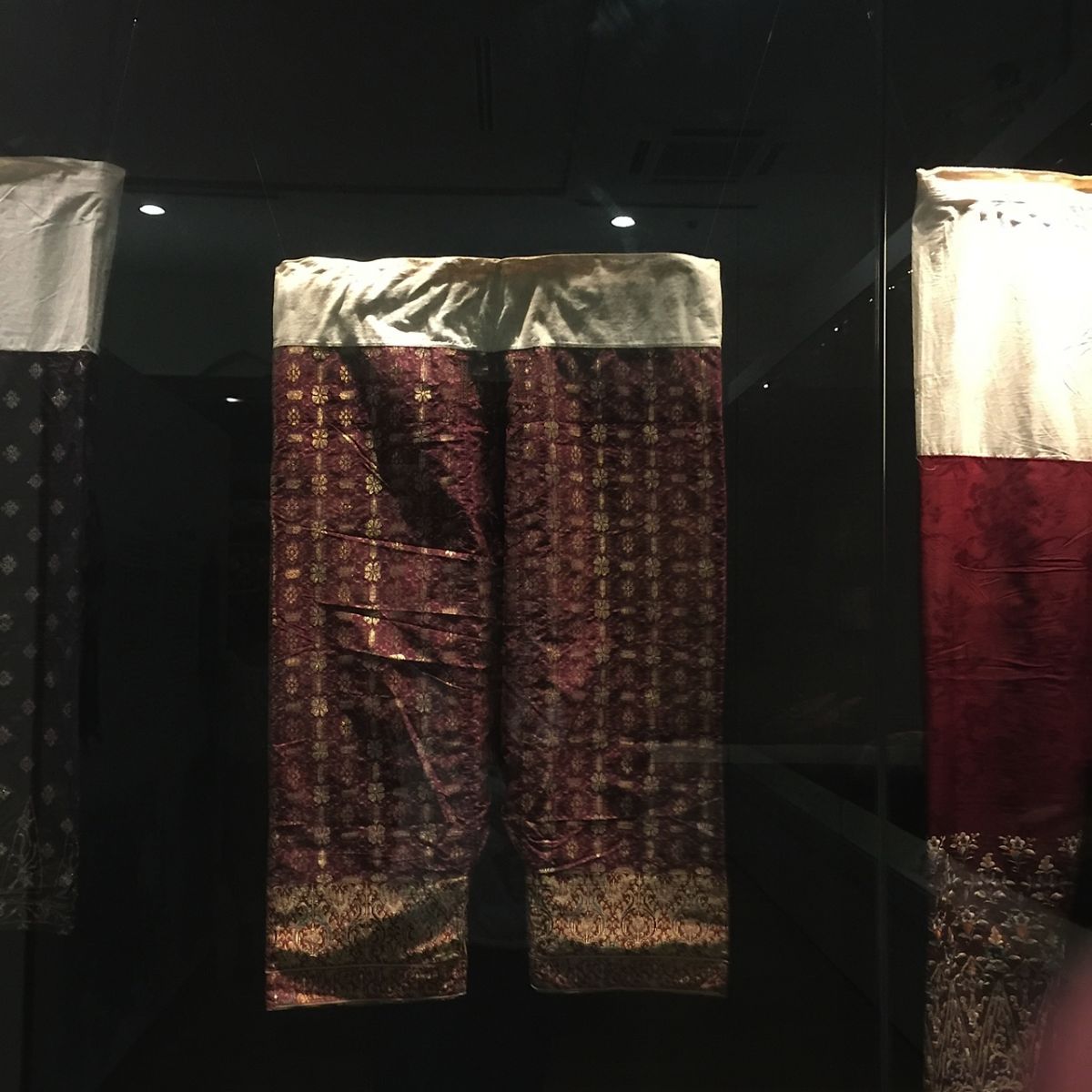 |
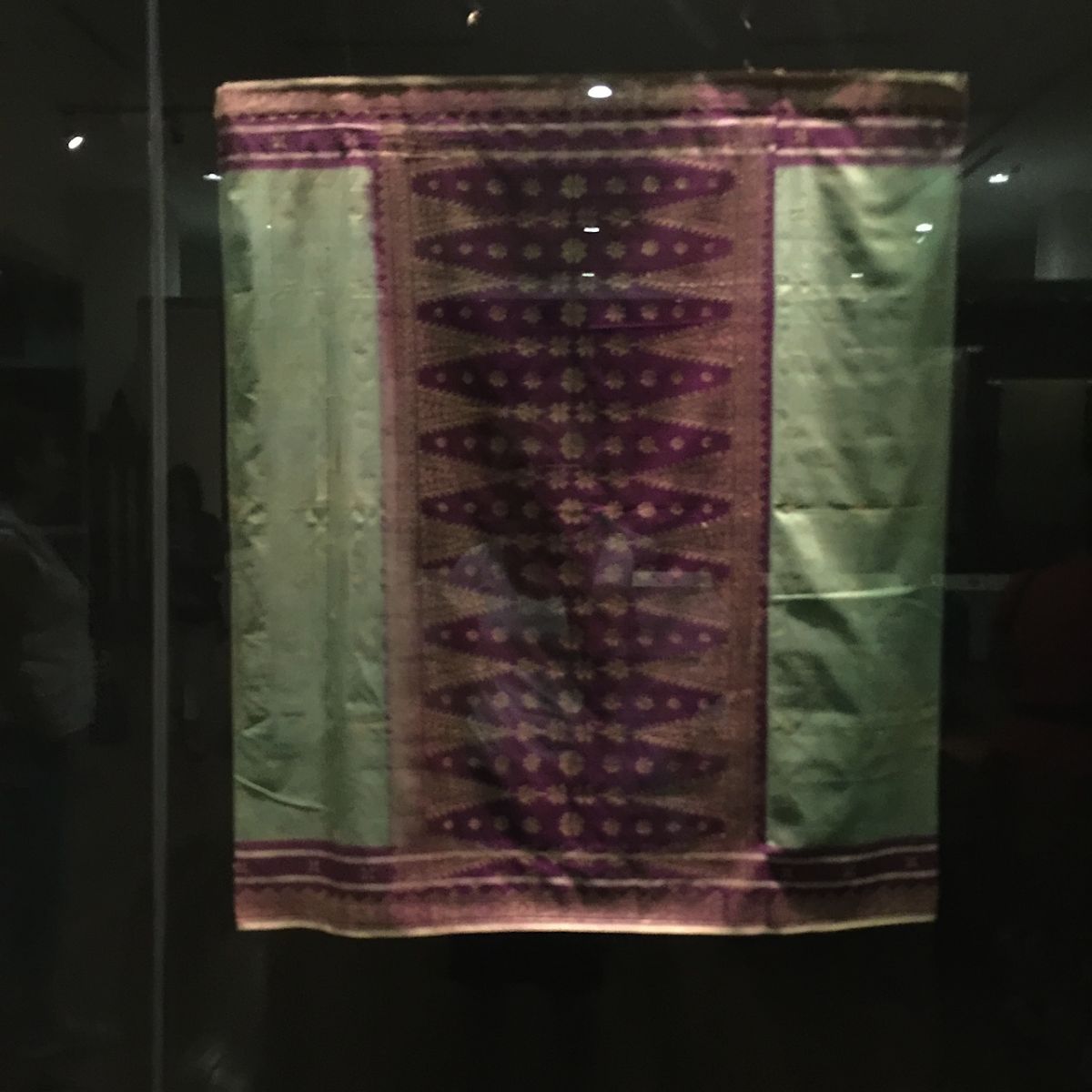 |
|
We then went on to the Pelangi Gallery, which serves as a tableau for the various types of batik fabric produced in Malaysia. Our guide made us aware of the differences between Indonesian and Malaysian batik and also educated us on how to spot commercially produced batik. The displays in this gallery also feature textiles associated with the various indigenous ethnicities of Malaysia such as the Peranakan people and the native tribes from Sabah and Sarawak.
|
|
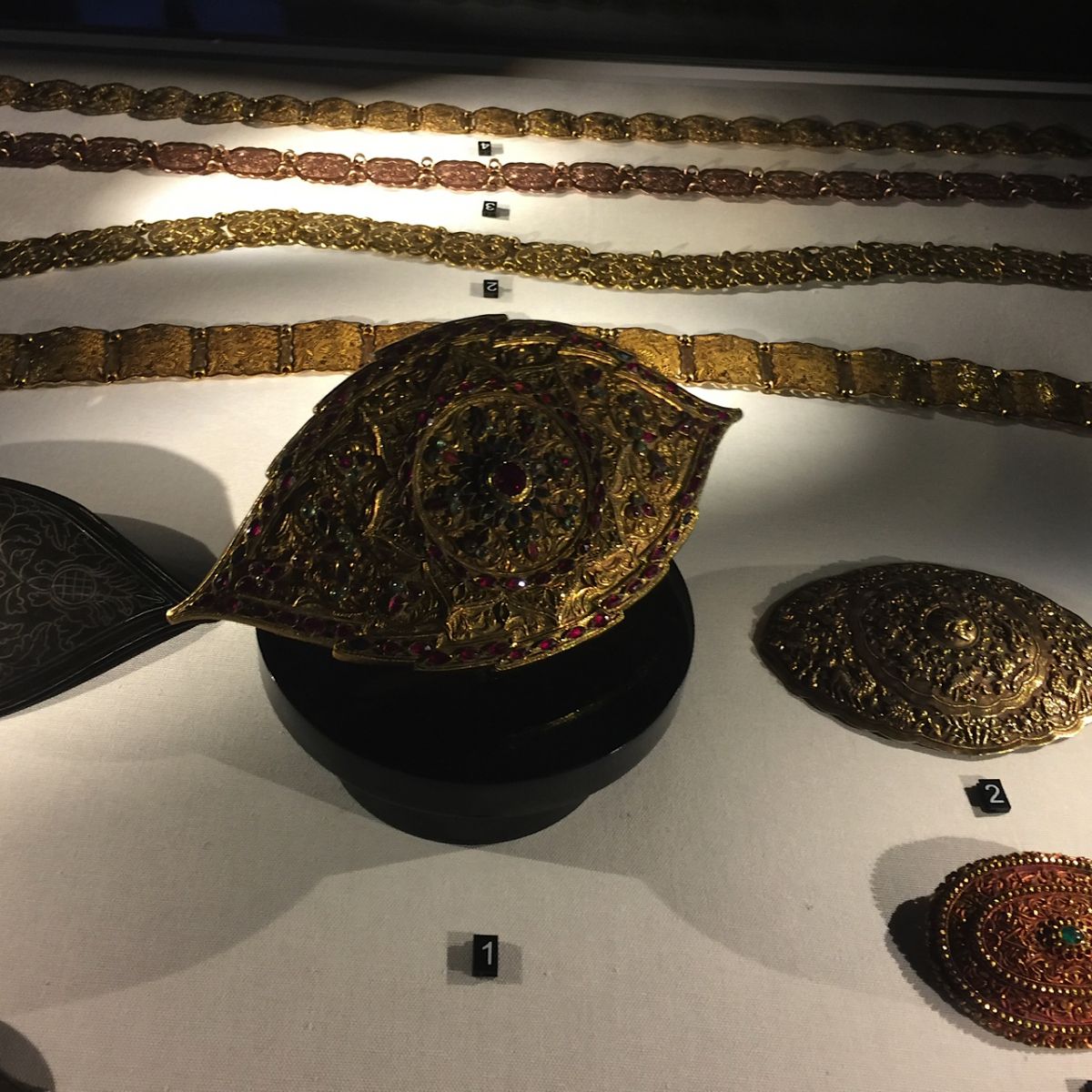 |
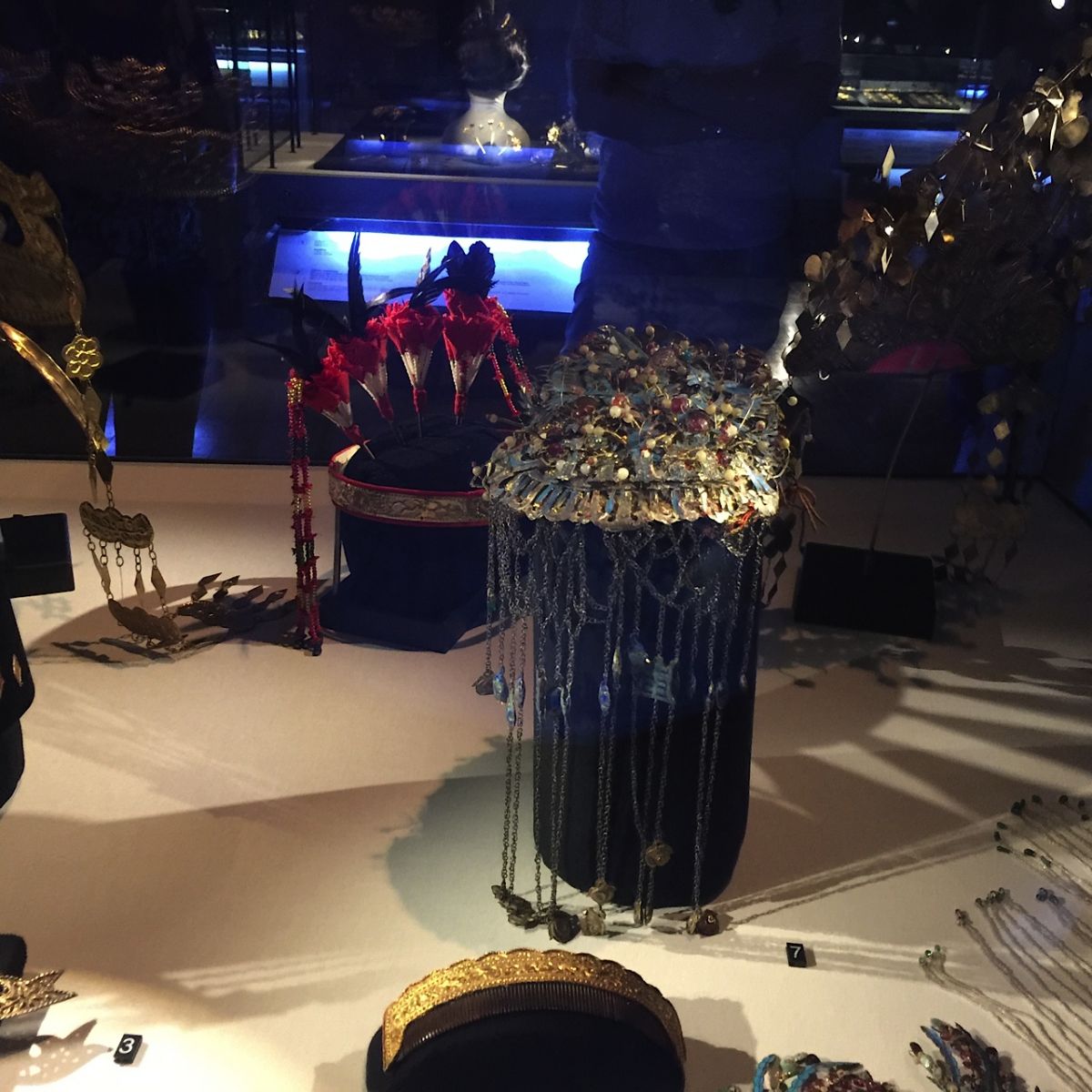 |
|
Our next stop was at the Ratna Sari Gallery, which showcases myriad accessories used to adorn the different Malaysian native costumes. Displayed here are adornments and ornaments such as the jeweled and bedecked hairpins of the Baba Nonya, the thick silver waist belts of the Iban people, the elaborate gold ornaments of the Malaysian Indian communities, the ornamental but deadly Kris daggers of the Malays. The tour ended at the Teluk Berantai Gallery, where a broad range of ceremonial and decorative textiles like Songket, Kain Limar, Kelingcan, Kain Telepuk, Kain Berayat are on display.
|
|
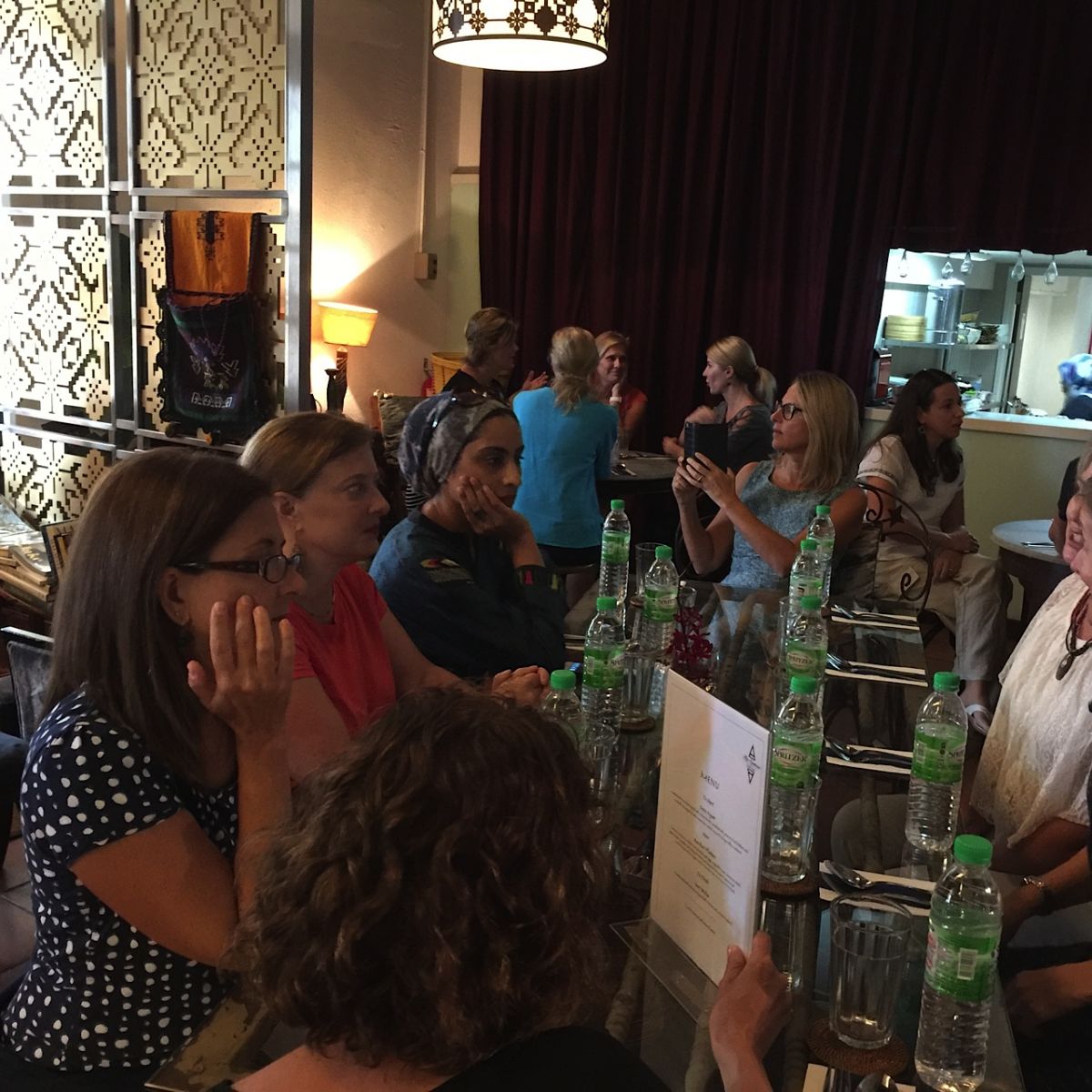 |
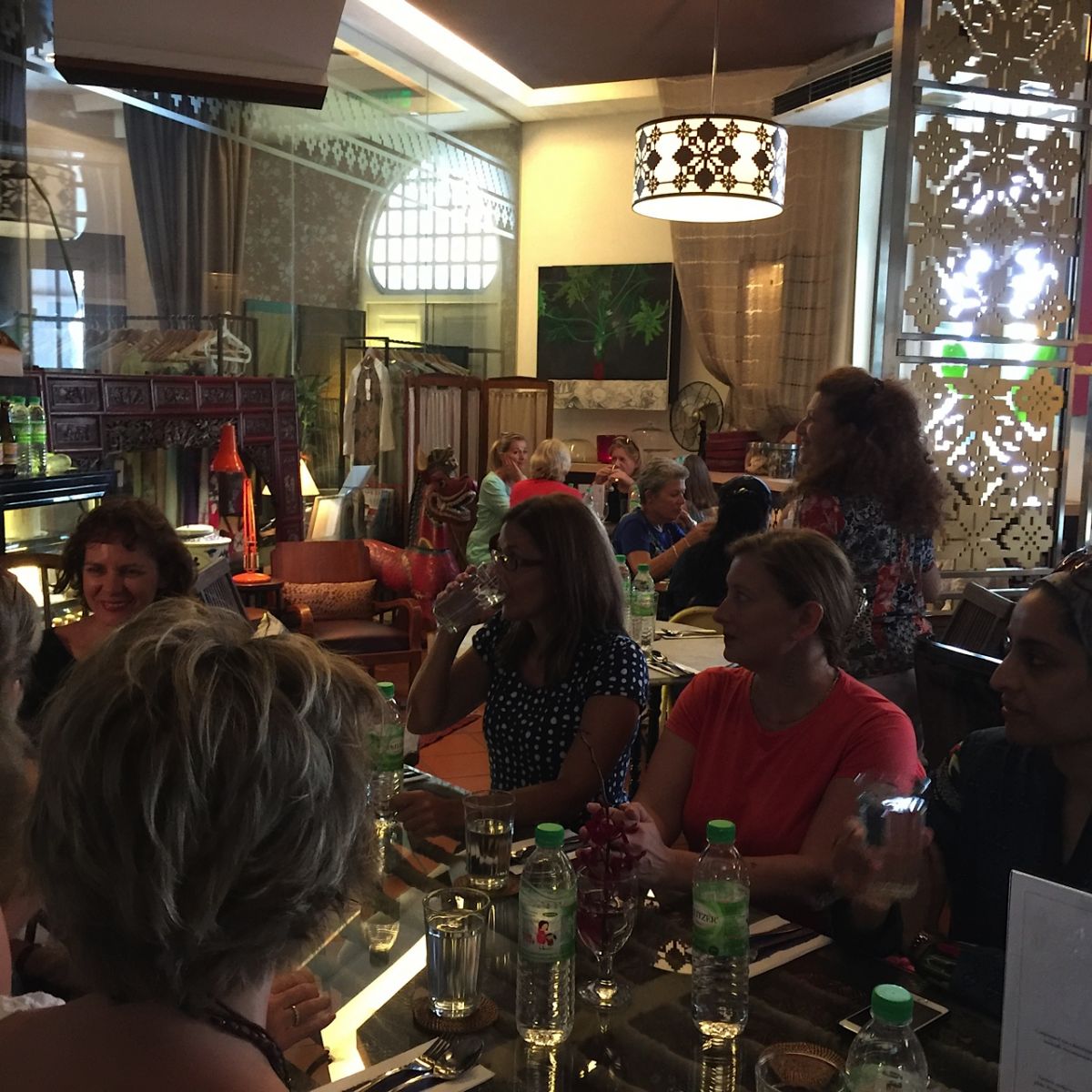 |
|
After being visually satiated with the stunning exhibits we made our way to museum newly launched quirky and tchotchke-filled restaurant, The Canteen by Chef Adu, Malaysia’s MasterChef personality. Chef Adu had prepared a delicious set meal for our group, which we enjoyed immensely. MCG’s tour of the textile museum was undoubtedly a treat in more than one way.
|
|
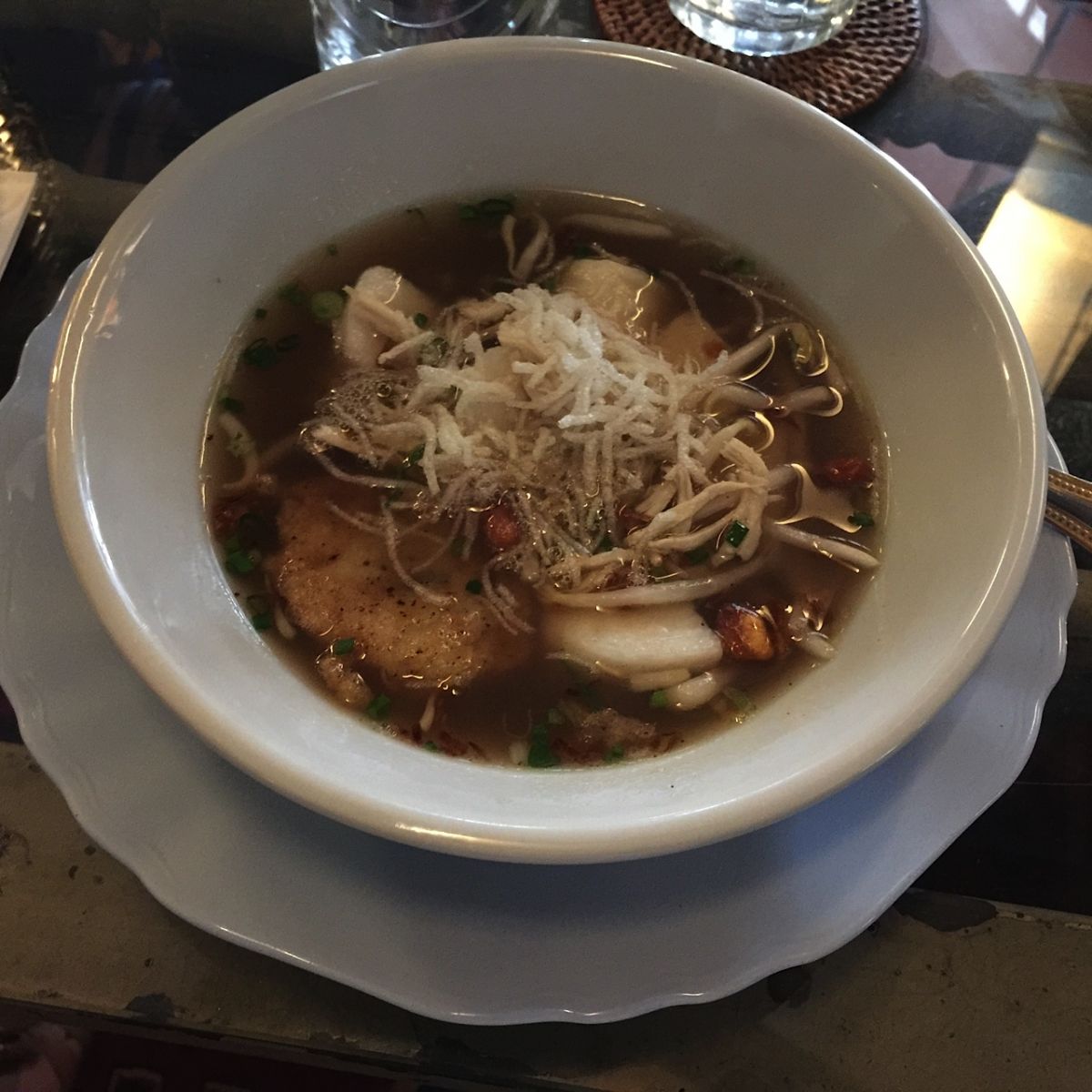 |
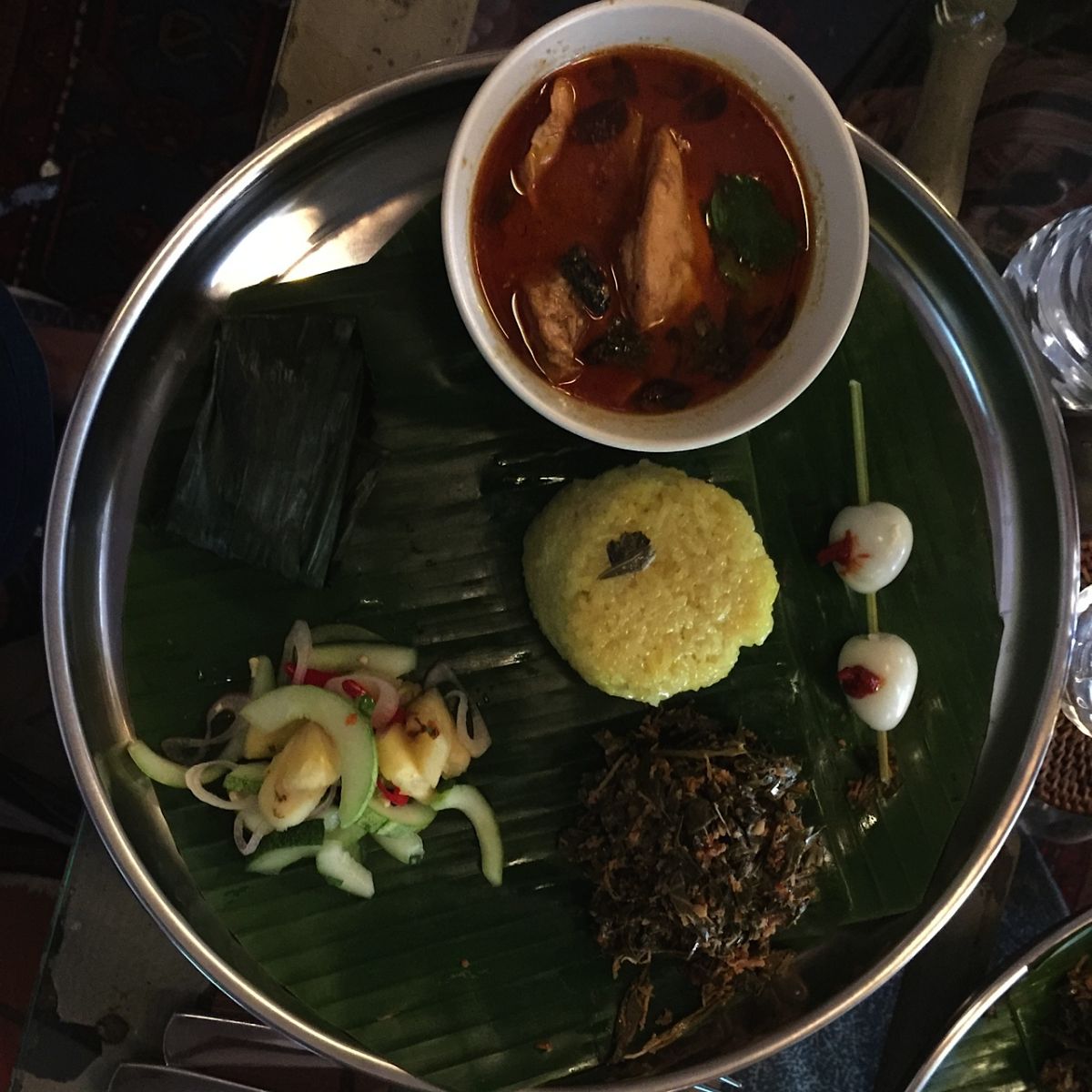 |
|
Text Anjeeta Naya
Photos Marianne Khor and Vicki Palmer
|
|




